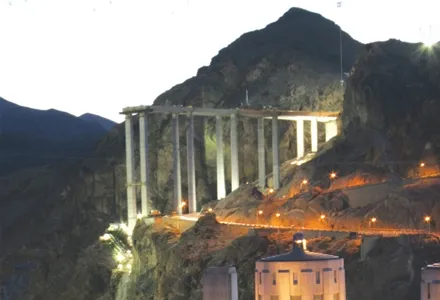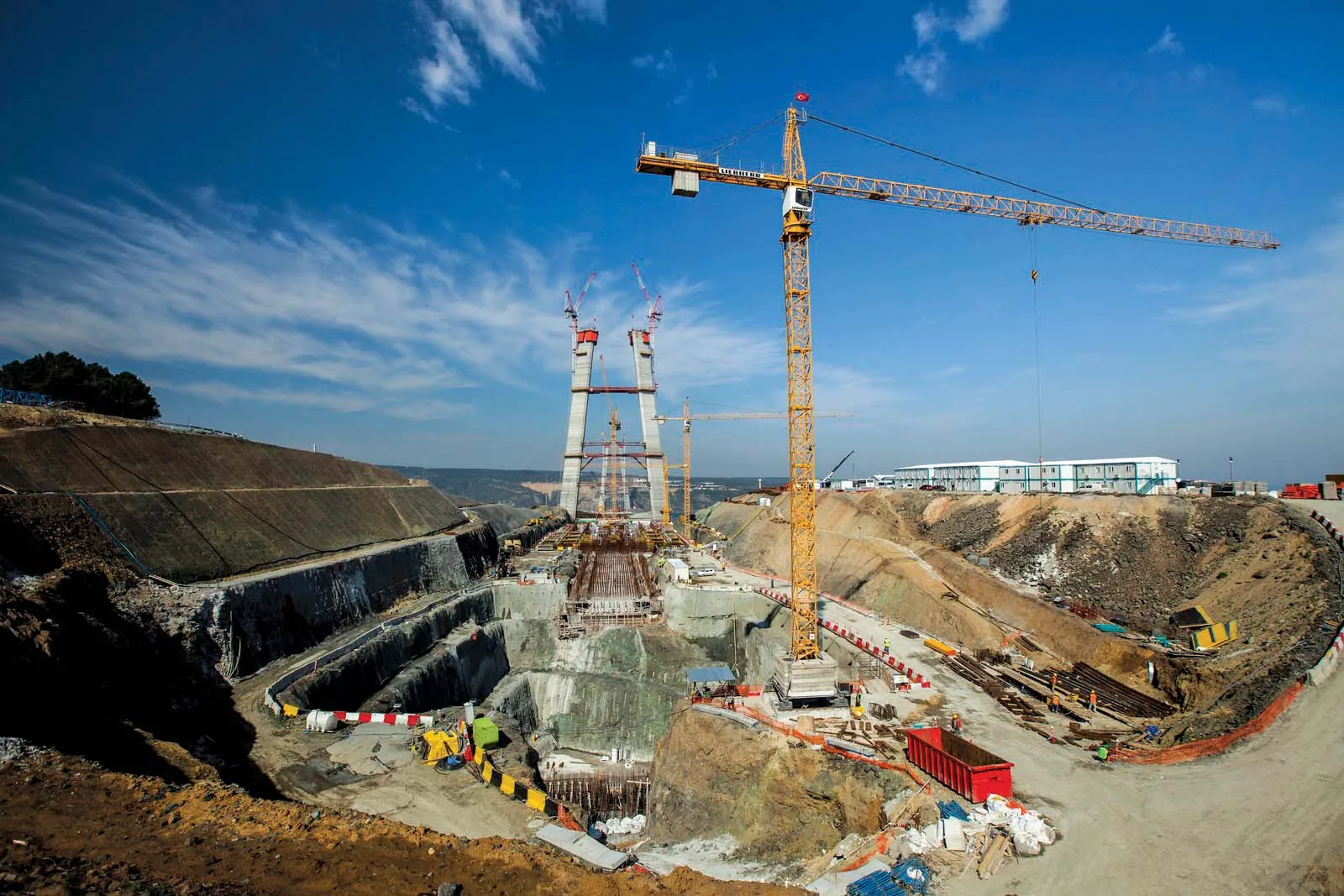The state Toll Bridge Program Oversight Committee (TBPOC) says it has received a report from the Federal Highway Administration (FHWA) in which the federal agency concludes that installing temporary seismic elements will make the new East Span of the San Francisco-Oakland Bay Bridge safe for traffic, and should be put in place as soon as possible. This FHWA plan involves inserting large steel plates, known as shims, into each of four bearings, improving their ability to safely distribute energy during an ea
August 15, 2013
Read time: 3 mins
The state Toll Bridge Program Oversight Committee (TBPOC) says it has received a report from the 2410 Federal Highway Administration (FHWA) in which the federal agency concludes that installing temporary seismic elements will make the new East Span of the San Francisco-Oakland Bay Bridge safe for traffic, and should be put in place as soon as possible.
This FHWA plan involves inserting large steel plates, known as shims, into each of four bearings, improving their ability to safely distribute energy during an earthquake.
The TBPOC in July asked federal highway officials to analyse the shim installation plan to assess its viability to allow the new East Span to open prior to the permanent retrofit for broken bolts on the easternmost pier of the self-anchored suspension portion of the new bridge. Federal officials recommend adopting that plan. The FHWA proposal is consistent with that of internationally known bridge designers Dr. Peter Taylor of Buckland & Taylor, in North Vancouver, British Columbia, and Dr. John Kulicki of Modjeski and Masters in Mechanicsburg, Pennsylvania, who submitted separate analyses of the shimming strategy originally advocated by the Toll Bridge Seismic Safety Peer Review Panel.
“Safety has always been the driving factor for any decision related to this lifeline bridge, and these reports confirm that the temporary fix could allow us to safely move traffic while work continues on a permanent retrofit,” said Steve Heminger, chairman of the TBPOC. “We will meet in a public session to discuss this important information and to announce the opening date for the Bay Bridge.”
At the July meeting, the TBPOC concluded its investigation into the breakage of a batch of large bolts on the eastern span of the Bay Bridge and recommended that the bridge opening be postponed from the previously announced opening on Labor Day, 2013, until further engineering work could be completed and considered.
The Toll Bridge Oversight Committee was due to hold a public meeting today (15/8) at the MetroCenter Auditorium, in Oakland, during which these reports will be discussed and the opening date for the new East Span announced.
The Toll Bridge Program Oversight Committee was created by the State Legislature in 2005 to provide project oversight and project control for the Toll Bridge Seismic Retrofit Program in California. The TBPOC is comprised of the Director of the Department of Transportation (5246 Caltrans), the Executive Director of the Bay Area Toll Authority (BATA), and the Executive Director of the California Transportation Commission (CTC). The Committee’s oversight and control activities include review and approval of contract bid documents, review and resolution of project issues, evaluation and approval of project change orders and claims, and the issuance of monthly and quarterly programme progress reports.
This FHWA plan involves inserting large steel plates, known as shims, into each of four bearings, improving their ability to safely distribute energy during an earthquake.
The TBPOC in July asked federal highway officials to analyse the shim installation plan to assess its viability to allow the new East Span to open prior to the permanent retrofit for broken bolts on the easternmost pier of the self-anchored suspension portion of the new bridge. Federal officials recommend adopting that plan. The FHWA proposal is consistent with that of internationally known bridge designers Dr. Peter Taylor of Buckland & Taylor, in North Vancouver, British Columbia, and Dr. John Kulicki of Modjeski and Masters in Mechanicsburg, Pennsylvania, who submitted separate analyses of the shimming strategy originally advocated by the Toll Bridge Seismic Safety Peer Review Panel.
“Safety has always been the driving factor for any decision related to this lifeline bridge, and these reports confirm that the temporary fix could allow us to safely move traffic while work continues on a permanent retrofit,” said Steve Heminger, chairman of the TBPOC. “We will meet in a public session to discuss this important information and to announce the opening date for the Bay Bridge.”
At the July meeting, the TBPOC concluded its investigation into the breakage of a batch of large bolts on the eastern span of the Bay Bridge and recommended that the bridge opening be postponed from the previously announced opening on Labor Day, 2013, until further engineering work could be completed and considered.
The Toll Bridge Oversight Committee was due to hold a public meeting today (15/8) at the MetroCenter Auditorium, in Oakland, during which these reports will be discussed and the opening date for the new East Span announced.
The Toll Bridge Program Oversight Committee was created by the State Legislature in 2005 to provide project oversight and project control for the Toll Bridge Seismic Retrofit Program in California. The TBPOC is comprised of the Director of the Department of Transportation (








